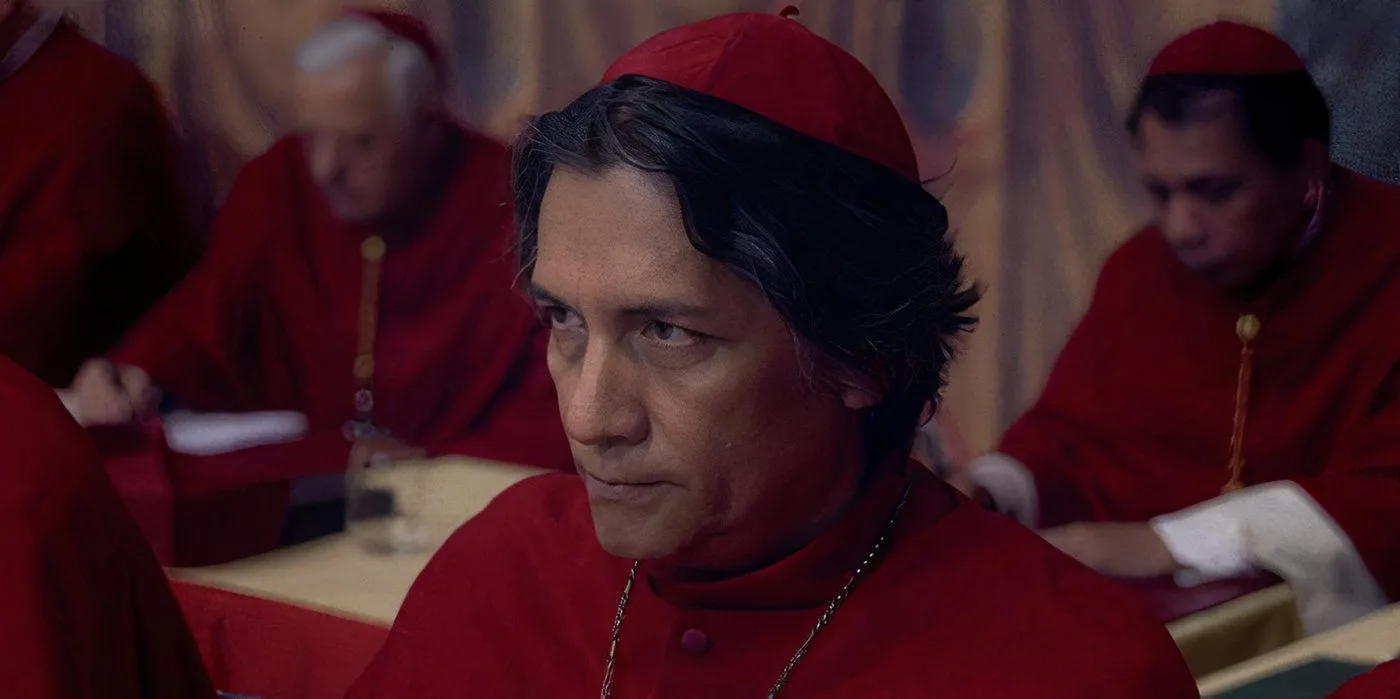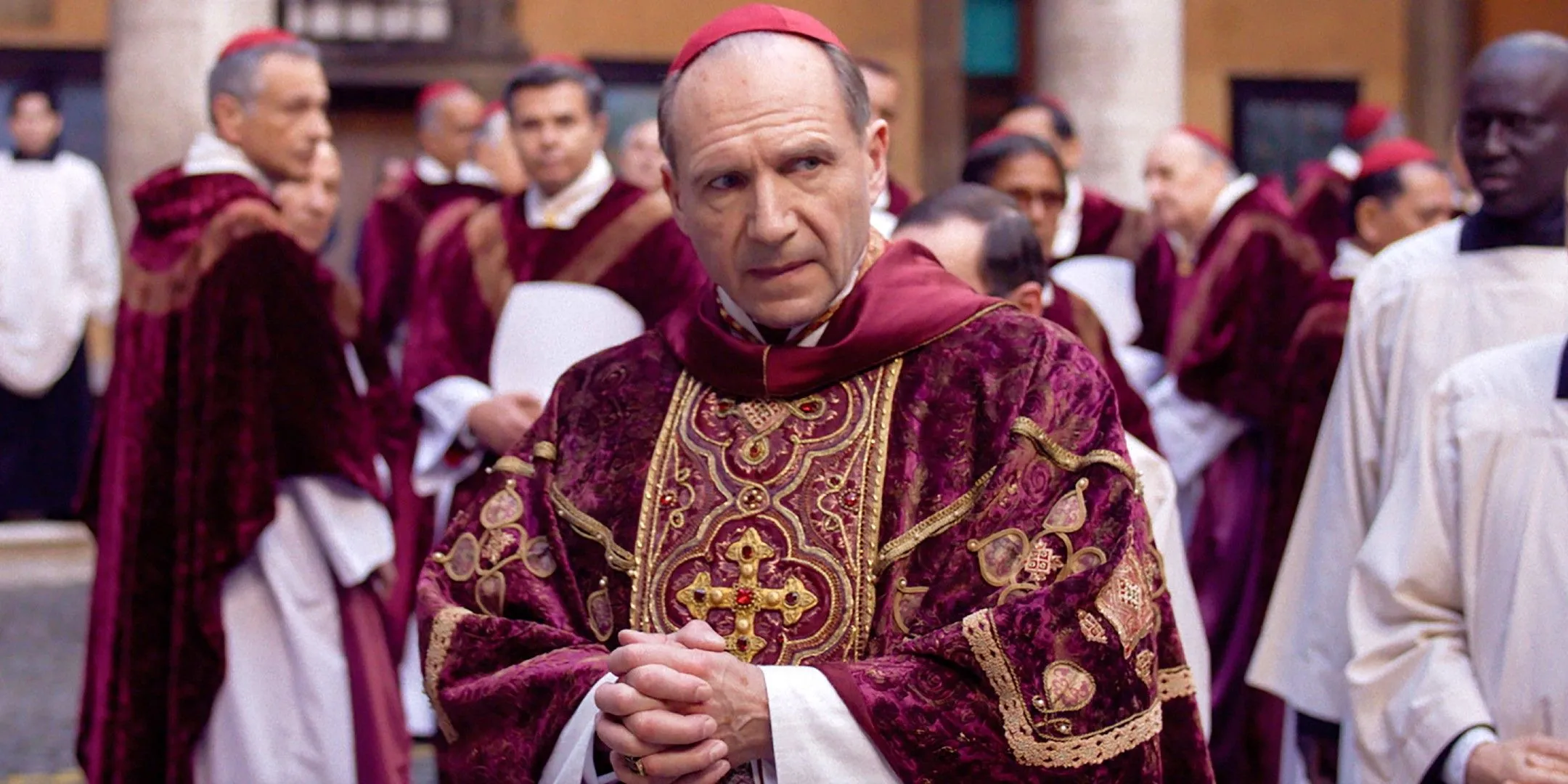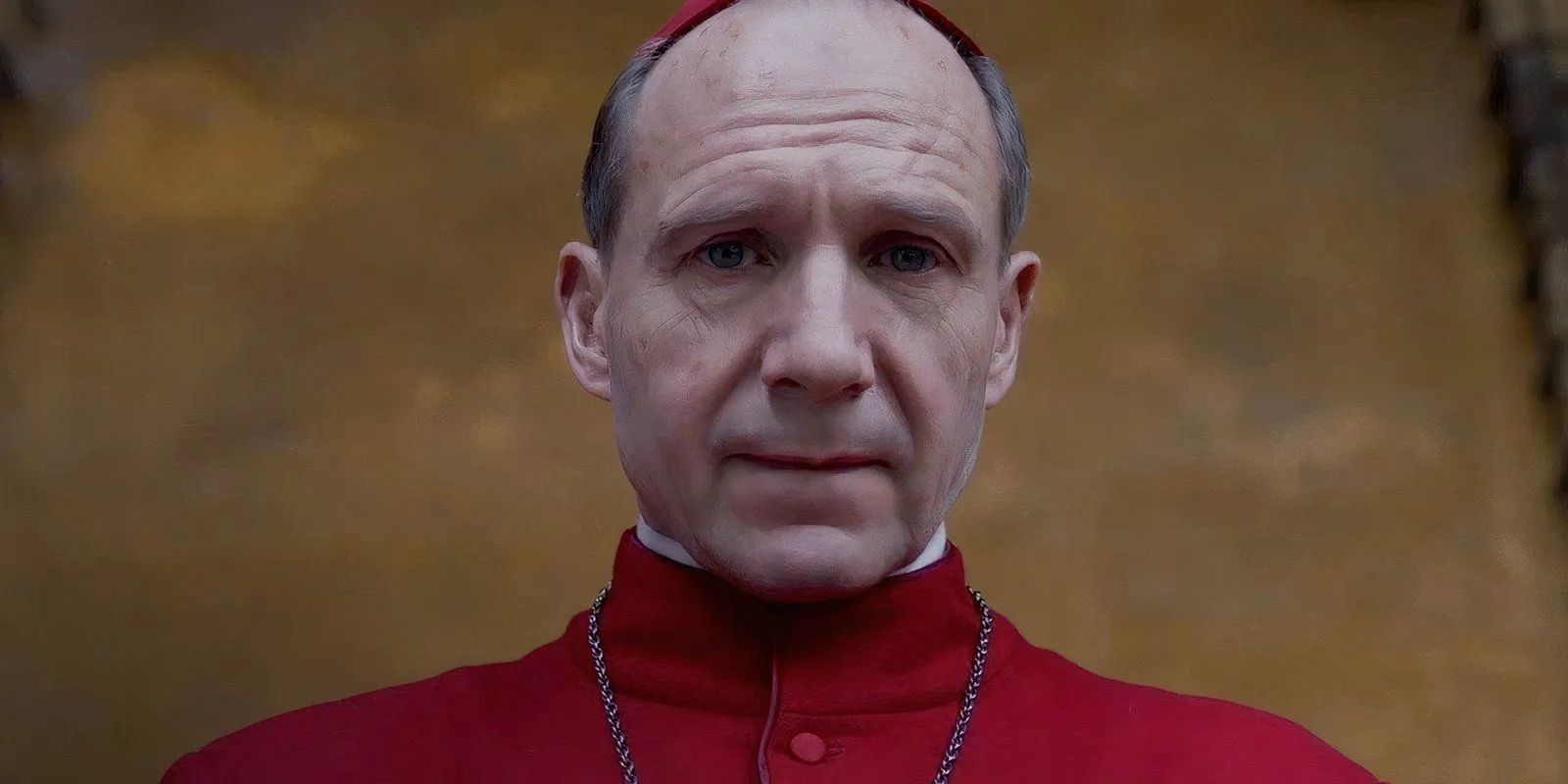
Warning: This post contains spoilers for Conclave
Understanding the Ambiguous Ending of Conclave
Conclave stands out for its impactful conclusion, which is not only memorable but also provokes dialogue. Directed by Edward Berger, the film adapts Robert Harris’s novel, showcasing a political thriller narrative filled with complexity. Following a rigorous and revealing selection process, the conclave votes in a new pope — Cardinal Vincent Benitez. This journey is rife with themes surrounding ethics, personal motivations, and the politics of the papacy. Cardinal Thomas Lawrence’s demeanor reveals a hint of disappointment at not being chosen; despite his earlier disinterest in the role, he faces a compelling shift in ambition.
Unpacking Cardinal Benitez’s Surprising Revelation
The Significance of His Identity

Benitez’s unexpected twist lies in his intersex identity, making him the first pope not traditionally identified as male. Believing he was male until adulthood, the truth emerged post-injury from a car bomb in Afghanistan, unveiling he possessed a uterus. Initially seeing this as a disqualification, he attempted to resign; however, the pope instead suggested surgical intervention.
Ultimately, Cardinal Benitez chooses to embrace his natural self, rejecting the hysterectomy. This secret, known only to the late pope and his examining physician, remains concealed from the other cardinals, potentially altering the landscape of the Catholic Church in the future as Benitez may eventually disclose his truth following his papal ascension.
The Significance of the Papal Name “Innocent”
Director’s Insight Into the Chosen Name
Upon being elected, Benitez selects the name “Innocent,”a title with historical connotations of purity and authority within the Catholic Church. As per director Edward Berger, this designation symbolizes a “name of purity without any preconceptions,”contrasting sharply with the corrupt backdrop familiar to the conclave members.
“It’s a name of purity without any preconceptions. You see it in children—they have no bad experience, they’re theoretically only positive, only open towards others.”
Cardinal Lawrence’s Decision to Omit the Truth
The One Secret He Chooses to Keep

Throughout Conclave, Cardinal Lawrence navigates a sea of secrets among the primary cardinals. Despite his integrity and desire for accountability, he refrains from revealing Benitez’s intersex status. This choice stems from respect for the new Pope’s autonomy and sincerity in faith. Disclosing this truth would betray Benitez’s trust and potentially jeopardize a significant transformative moment for the Church.
Reflecting on Lawrence’s epiphany, director Edward Berger articulates the notion that genuine belief and purity highlight a departure from the manipulative politics prevalent among the other cardinals. This marked a crucial evolution for Lawrence’s character, illustrating a broader thematic shift in perception.
“There’s a crack in that institution, a crack of perhaps femininity. It’s a guiding light for the future.”
The Powerful Symbolism in the Final Scenes
Turtles and the Promise of Change
As the film concludes, notable imagery includes turtles, serving as metaphors for “spiritual independence.”The closing shot, featuring Lawrence opening a window to let in light and laughter from nuns, symbolizes rejuvenation and hope under Benitez’s leadership.
Ralph Fiennes: “They’re a charming little beautiful animal… they’re sort of symbols of spiritual independence.”
This moment encapsulates a shift from confinement and tradition to a more open and egalitarian outlook within the Church, suggesting the potential for a more inclusive future under Benitez’s papacy.
Expert Insights on the Realism of Benitez’s Election
The plausibility of an intersex pope prompts intriguing discourse. Papal expert David Gibson articulated that while such a scenario is conceivable, it raises poignant questions about identity and acceptance within the Church.
“Yes, an intersex person could be elected pope, just as there have undoubtedly been gay men elected pope.”
Gibson emphasizes the need for the Church to evolve regarding issues of gender and identity, aligning with the film’s thematic exploration while highlighting the essential distinction between dramatization and realistic implications.
Cardinal Lawrence’s Shift in Perspective
The Shift from Reluctance to Acceptance

Throughout the conclave, Cardinal Lawrence grapples with his role, ultimately transitioning from a position of doubt to recognizing his capability as a leader. This evolution highlights his internal struggle amidst competing interests and long-standing traditions, representing a deeper commentary on the necessity for change within the Church.
Revelations About the Late Pope’s Insights
As the plot unfolds, it becomes clear that the late pope possessed extensive knowledge of the other cardinals’ dealings, including Cardinal Tremblay’s illicit activities aimed at swaying votes. His appointment of Benitez highlights a significant move towards inclusivity that was kept secret until the conclave.
Adapting Harris’s Novel for the Screen
A Faithful Adaptation

The film remains largely true to Harris’s narrative, with key changes that enhance character development while preserving core themes related to ambition and ethical dilemmas. These modifications contribute to a richer tableau of human experience, encapsulating the complexities of the conclave.
“The film struck me as much better than the book… the human dynamics of these holy and flawed characters really came out.”
Exploring the Deeper Ethos of Conclave
Conclave engages with the tension between longstanding traditions and the necessity for transformation, encapsulating the struggles of the cardinals as they contemplate the Church’s evolution in a modern context. The narrative highlights their internal conflicts and potential pathways toward a united and progressive Church that aligns with contemporary values.




Leave a Reply